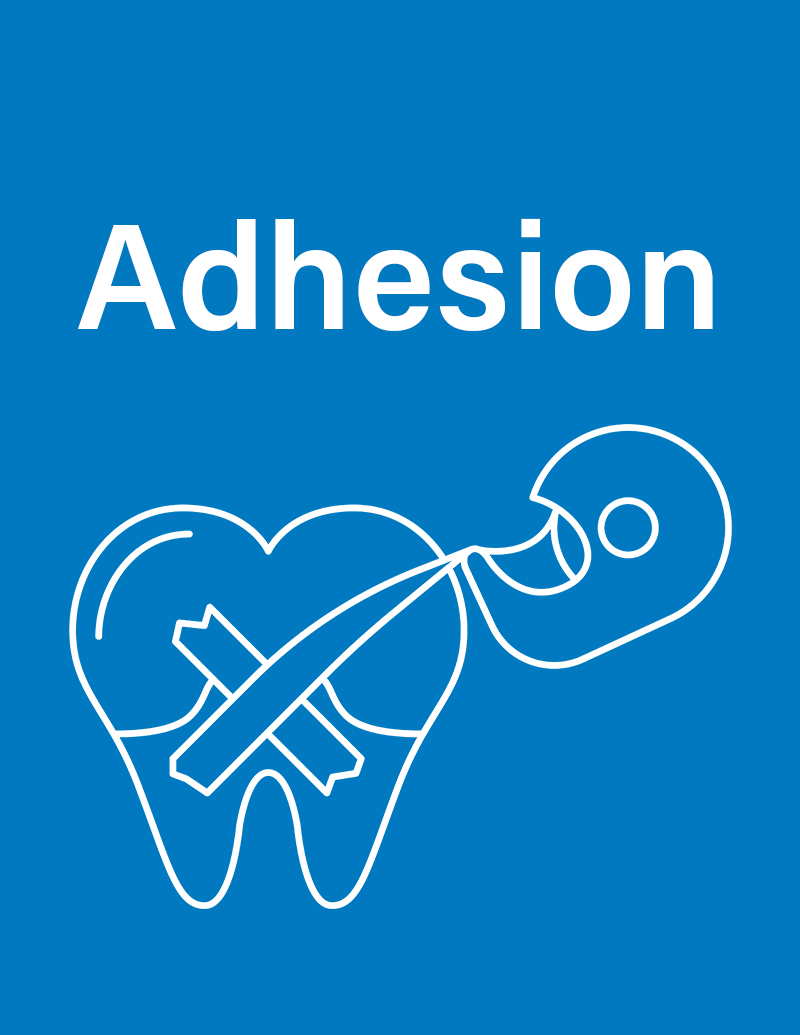Description
Light-Cured Dental Adhesive
All-Bond Universal is a light cured, truly universal adhesive that can be used with direct and indirect restorations and is formulated to be compatible with light-, dual-, and self-cured materials. It offers the flexibility to be used for total-, self-, and selective-etch procedures and its ease of use leads to virtually no post-operative sensitivity. Other universal adhesives may need more than 1 bottle for indirect restorations, but with All-Bond Universal, NO activator is required.
6ml bottle of All-Bond Universal can provide approximately 145 restorations.
Unique Benefits:
- Not moisture sensitive – use on wet, dry or moist tooth structure
- Bonds to ALL substrates
- Use with ALL direct and indirect restorations (<10 micron thickness)
- Ideal chemical balance for both total- and self-etch adhesion from one bottle
- Compatible with ALL resin cements (no additional activator required)
- Virtually no post-operative sensitivity
Clinical Significance:
- All-Bond Universal offers the flexibility for total-, self- and selective-etch procedures
- All-Bond Universal is compatible with all light-, self- and dual-cured resin composite and cement materials for all direct and indirect procedures
- Other single bottle adhesives may need more than 1 bottle for indirect restorations, but with All-Bond Universal, NO activator is required
Pro Tip:
- To maximize adhesion and minimize post-operative sensitivity, utilize All-Bond Universal in the selective-etch technique1,2
In the box
- 1 Bottle ABU (6ml)
- Instructions
Benefits
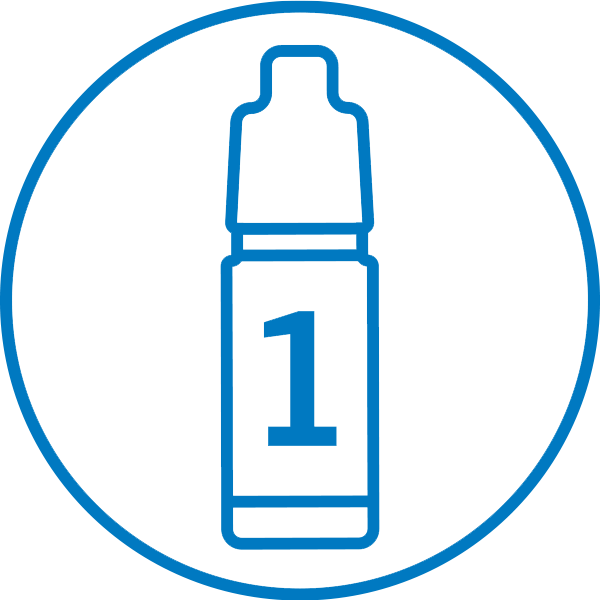
Single Bottle
Convenient, single bottle delivery offers ease of dispensing
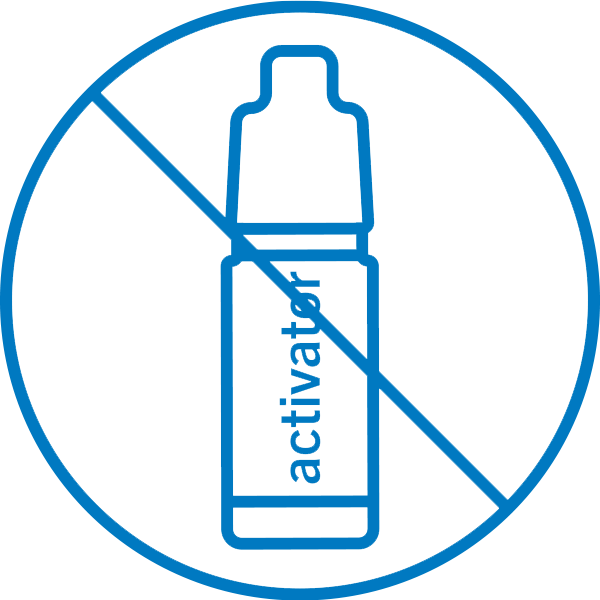
No Activator Required
No need for a separate activator.
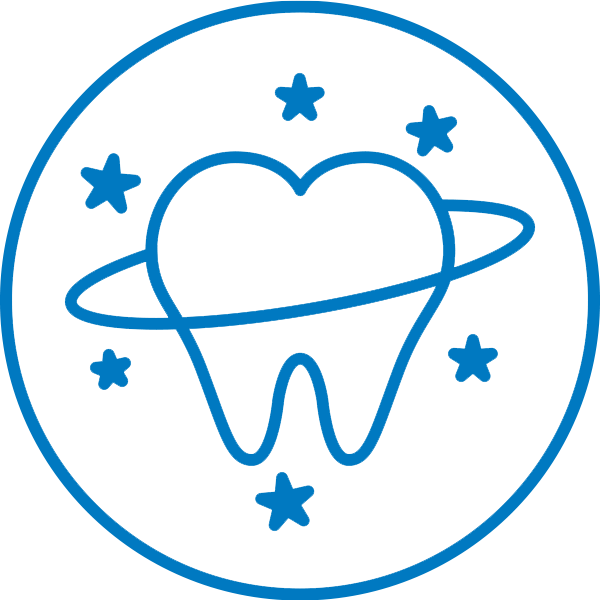
Total Universatility
Can be used for direct and indirect restorations in all cure modes, and with any bonding.

Contains MDP
Contains the adhesion promoting monomer MDP.

Compatibility
Compatible with all light-, self-, and dual-cured materials.
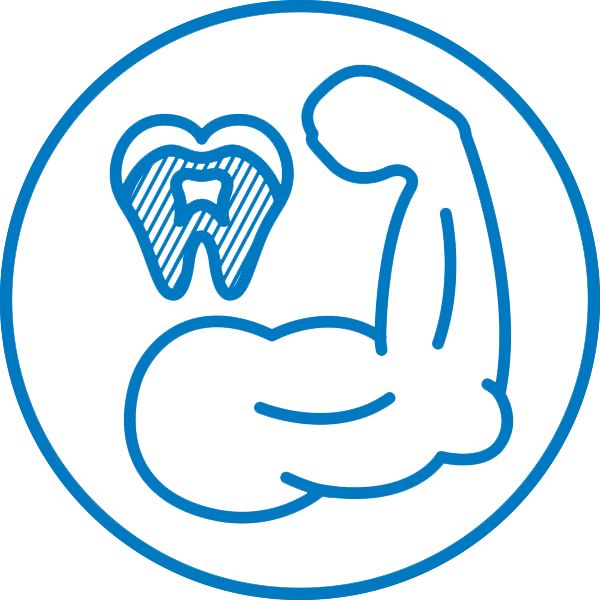
Strong Bond to Dentin
High shear bond strength to dentin.
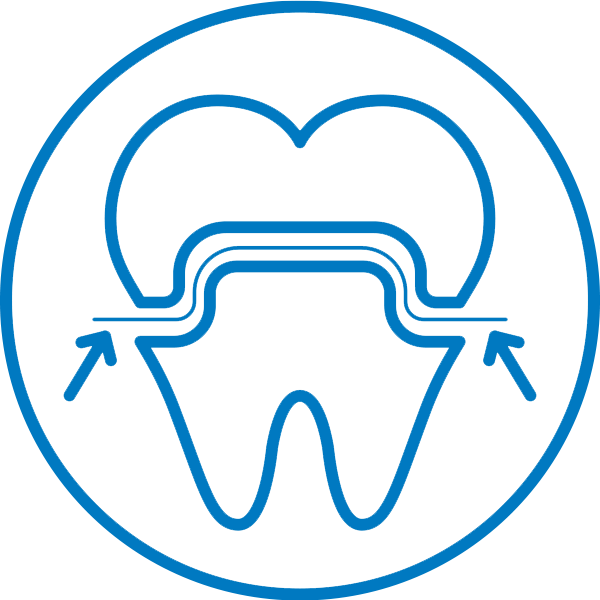
Low Film Thickness
Low film thickness ensures the restoration is completely seated.

Low Solubility
Low water solubility and will not wash out over time.
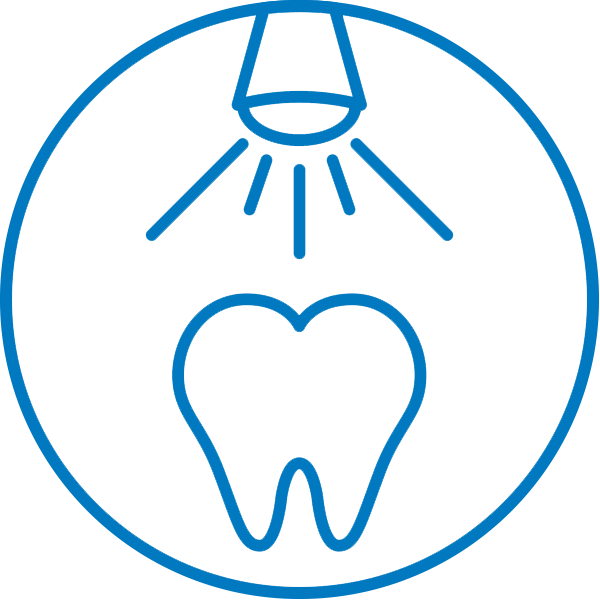
Light-Cured
Light-cured material.
Awards
DPS Best Product
Dental Advisor Editors Choice
Instructions
All-Bond Universal Rev 5-22
5-22All-Bond Universal Asia Pacific Rev 5-25
5-25Brochure
SDS
All Bond Universal SDS US English - SDS All-Bond Universal Safety Data Sheet U.S. English Version
EnglishAll Bond Universal SDS INT English - SDS All-Bond Universal Safety Data Sheet International English Version
EnglishAll Bond Universal SDS INT Albanian - SDS BISCO All Bond Universal Safety Data Sheet International Albanian
AlbanianAll Bond Universal SDS INT Bulgarian - SDS BISCO All Bond Universal Safety Data Sheet International Bulgarian
BulgarianAll Bond Universal SDS INT Croatian - SDS BISCO All Bond Universal Safety Data Sheet International Croatian
CroatianAll Bond Universal SDS INT Czech - SDS BISCO All Bond Universal Safety Data Sheet International Czech
CzechAll Bond Universal SDS INT Danish - SDS BISCO All Bond Universal Safety Data Sheet International Danish
DanishAll Bond Universal SDS INT Dutch - SDS BISCO All Bond Universal Safety Data Sheet International Dutch
DutchAll Bond Universal SDS INT Estonian - SDS BISCO All Bond Universal Safety Data Sheet International Estonian
EstonianAll Bond Universal SDS INT Finnish - SDS BISCO All Bond Universal Safety Data Sheet International Finnish
FinnishAll Bond Universal SDS INT French - SDS BISCO All Bond Universal Safety Data Sheet International French
FrenchAll Bond Universal SDS INT German - SDS BISCO All Bond Universal Safety Data Sheet International German
GermanAll Bond Universal SDS INT Greek - SDS BISCO All Bond Universal Safety Data Sheet International Greek
GreekAll Bond Universal SDS INT Icelandic - SDS BISCO All Bond Universal Safety Data Sheet International Icelandic
IcelandicAll Bond Universal SDS INT Italian - SDS BISCO All Bond Universal Safety Data Sheet International Italian
ItalianAll Bond Universal SDS INT Lithuanian - SDS BISCO All Bond Universal Safety Data Sheet International Lithuanian
LithuanianAll Bond Universal SDS INT Macedonian - SDS BISCO All Bond Universal Safety Data Sheet International Macedonian
MacedonianAll Bond Universal SDS INT Norwegian - SDS BISCO All Bond Universal Safety Data Sheet International Norwegian
NorwegianAll Bond Universal SDS INT Polish - SDS BISCO All Bond Universal Safety Data Sheet International Polish
PolishAll Bond Universal SDS INT Portuguese - SDS BISCO All Bond Universal Safety Data Sheet International Portuguese
PortugueseAll Bond Universal SDS INT Russian - SDS BISCO All Bond Universal Safety Data Sheet International Russian
RussianAll Bond Universal SDS INT Slovak - SDS BISCO All Bond Universal Safety Data Sheet International Slovak
SlovakAll Bond Universal SDS INT Slovenian - SDS BISCO All Bond Universal Safety Data Sheet International Slovenian
SlovenianAll Bond Universal SDS INT Spanish - SDS BISCO All Bond Universal Safety Data Sheet International Spanish
SpanishAll Bond Universal SDS INT Turkish - SDS BISCO All Bond Universal Safety Data Sheet International Turkish
TurkishIs there an option to buy both All-Bond Universal and BISCO Etchants?
Yes. BISCO’s All-Bond Universal Kit includes one 6ml bottle of All-Bond Universal and one 5g syringe of Select HV Etch. Select HV Etch is specifically formulated for the selective-etch technique but can also be used with total-etch or self-etch techniques. If another etchant is requested, this can be bought separately.
Why use Select HV Etch with All-Bond Universal?
Although All-Bond Universal can be used with all etching techniques, studies show that selective etching enamel with a universal adhesive improves the reliability of the bond2,3. For optimal bonding and ease of use, BISCO recommends using Select HV Etch & All-Bond Universal.
Does All-Bond Universal ever require an activator?
No. Unlike most adhesives on the market, All-Bond Universal is a true single bottle system that never requires an activator. This TRULY universal adhesive is formulated to work with all light-cured, self-cured, and dual-cured materials, and can be used for all direct and indirect restorations with any bonding technique.
Why should I switch from my current adhesive to All-Bond Universal?
If you prefer to have just one adhesive in the office for all procedures, All-Bond Universal is the ideal solution. It is so unique and easy to use, 1 bottle for all indications: direct and indirect; for all techniques: total-etch, self-etch, or selective-etch; and is compatible with all light, dual and self-cured restorative materials. All-Bond Universal is the latest in optimized adhesive chemistry, the result of 30 years of research.
Do I need to refrigerate All-Bond Universal?
No, refrigeration is not required for All-Bond Universal. All-Bond Universal can be stored at room temperature.
Does All-Bond Universal need to be light cured?
Yes, All-Bond Universal must be light cured. However, if you do not wish to light cure, consider BISCO’s Universal Primer as a dual-cured adhesive option.





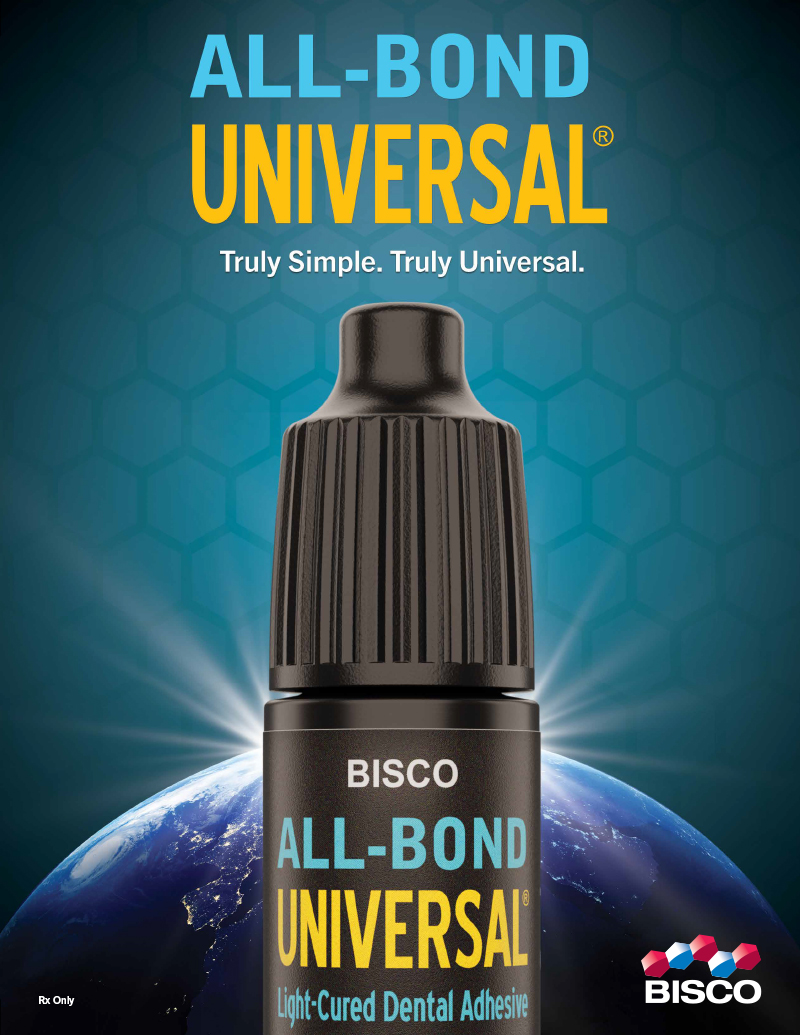
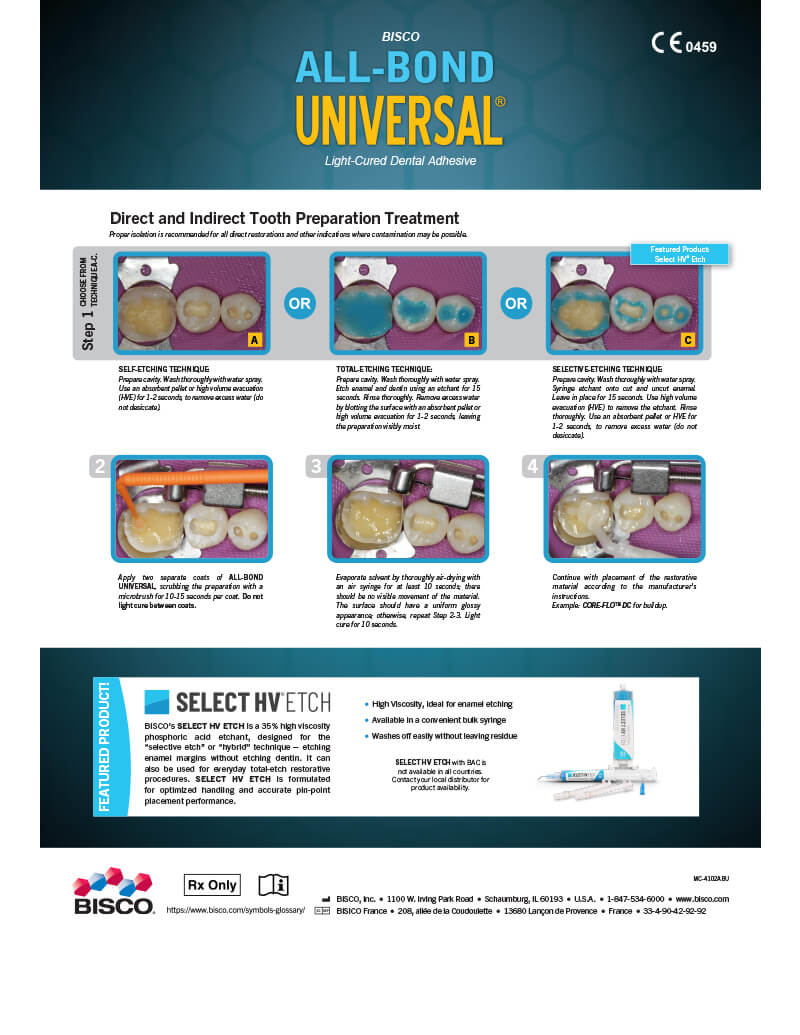
_2025-04-24-07-27-37-2025-04-24-19-27-38-048.jpg)
